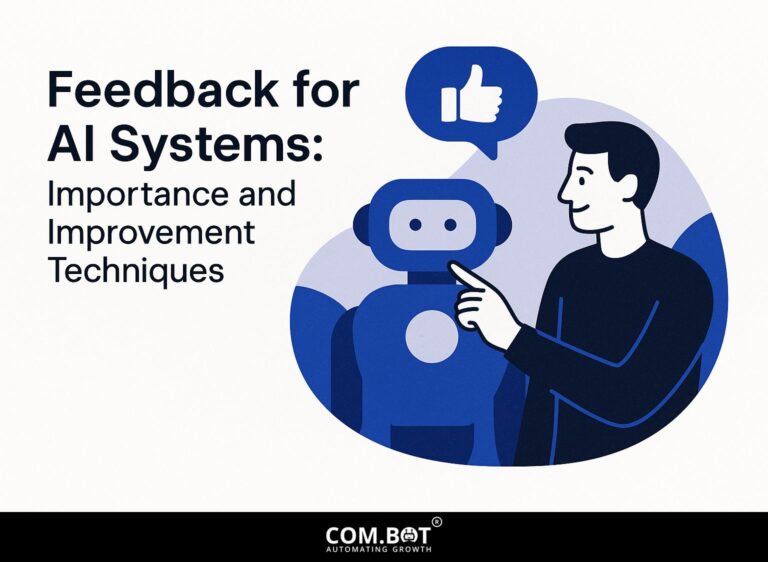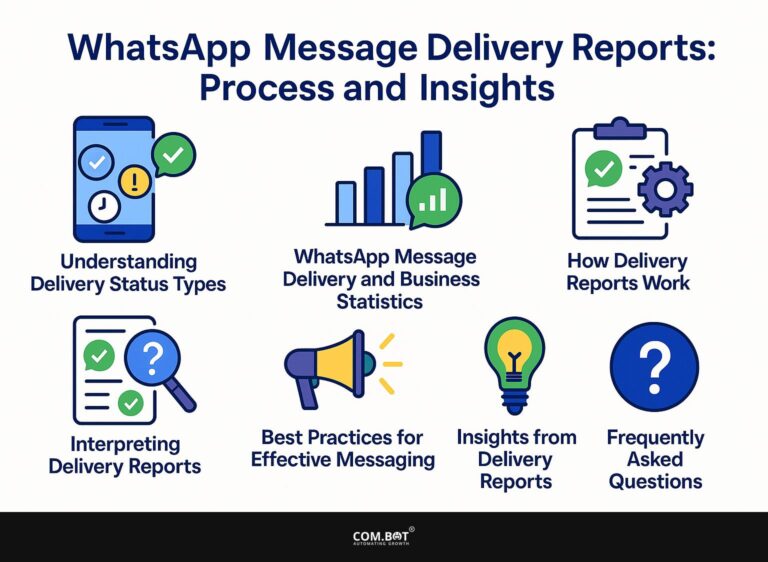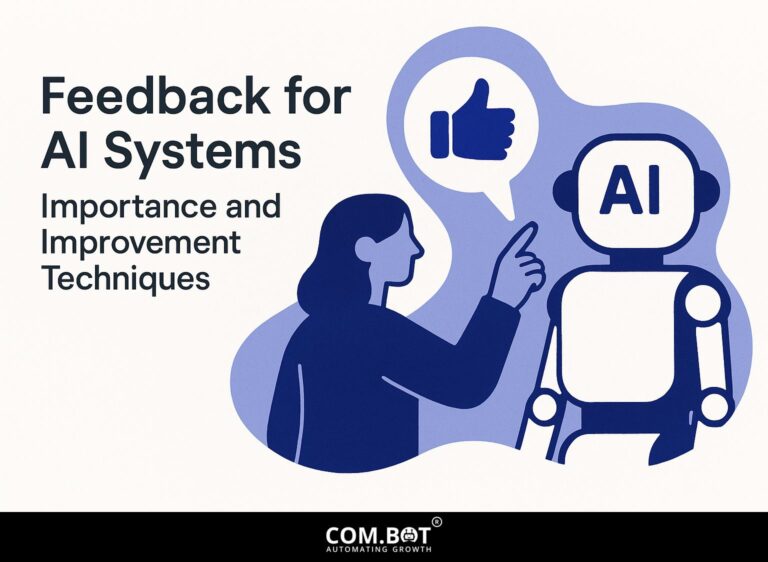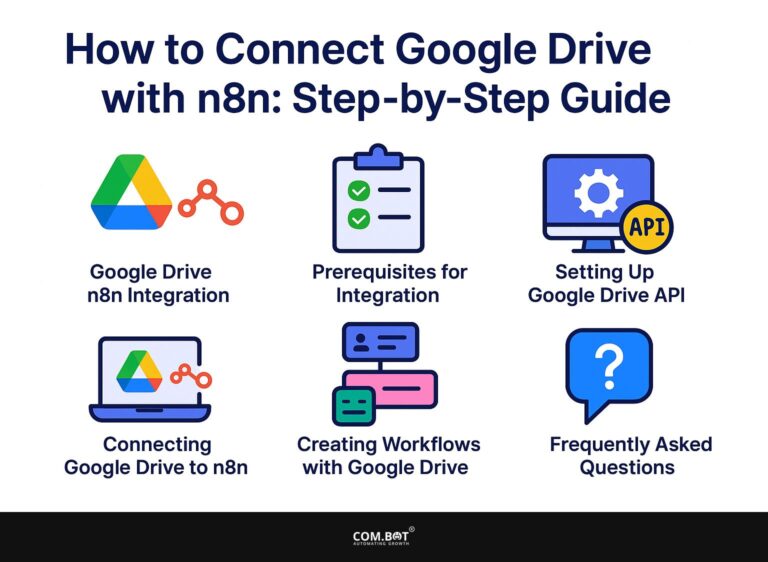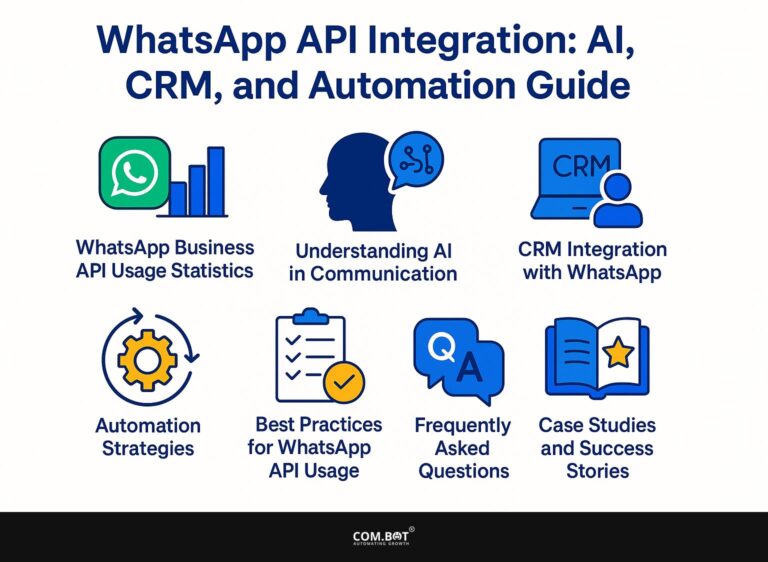Feedback for AI Systems: Importance and Improvement Techniques
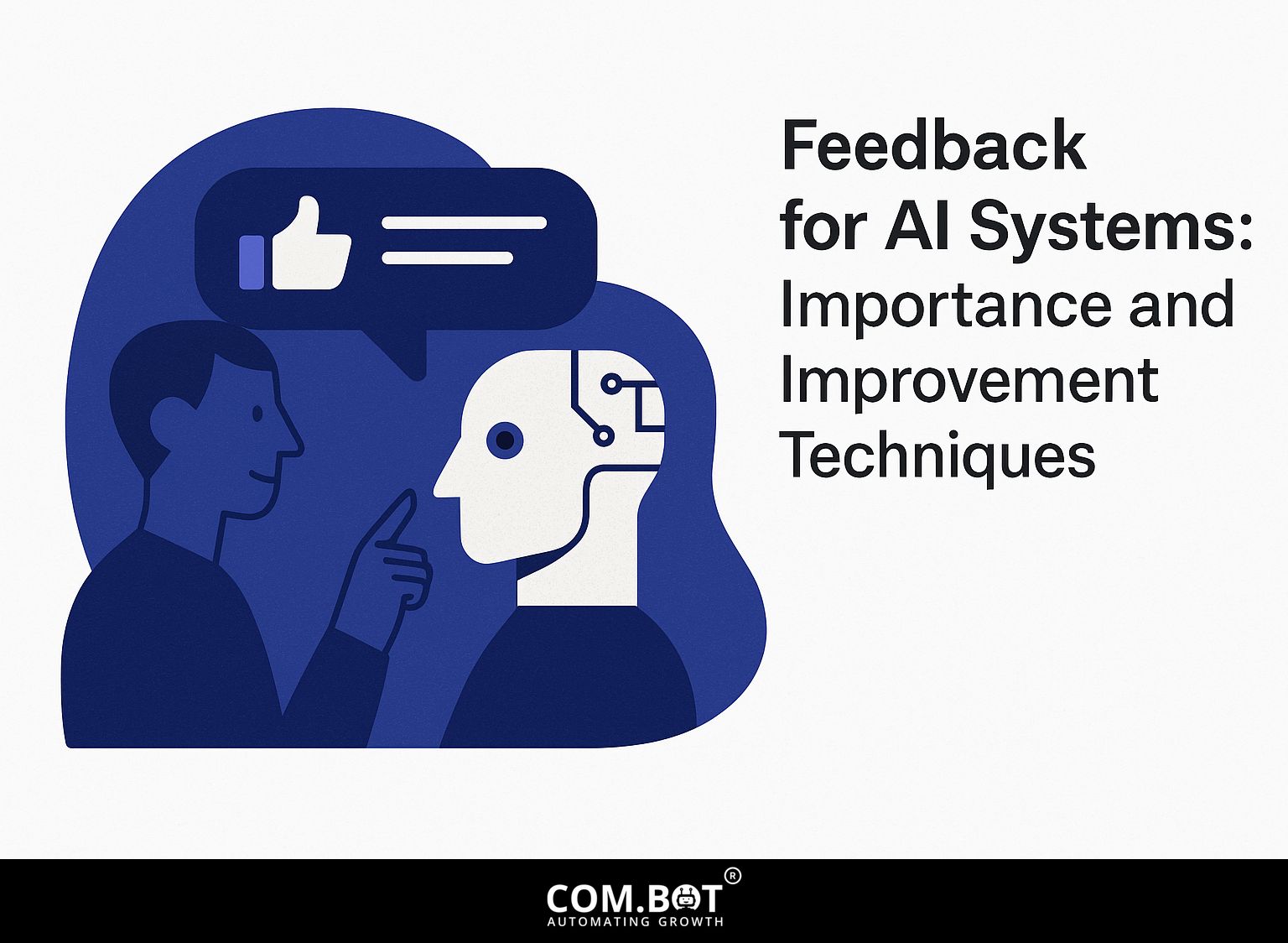
As artificial intelligence technology changes quickly, keeping track of and providing feedback for AI systems is essential for improving how they work. Using feedback from people, developers can adjust machine learning and reinforcement learning models to make sure they meet what users want. This article discusses the role of feedback in improving AI, useful methods to make progress, and how using feedback from users can lead to new ideas. Come along as we look into ways to make AI systems better.
Key Takeaways:
- 1 Importance of Feedback in AI Systems
- 2 Impact of AI Feedback Mechanisms on Human Judgements
- 3 Types of Feedback Mechanisms
- 4 Techniques for Collecting Feedback
- 5 Implementing Feedback for Improvement
- 6 Challenges in Feedback Integration
- 7 Upcoming Trends in AI Feedback Systems
- 8 Frequently Asked Questions
- 8.1 How important is feedback for AI systems?
- 8.2 What are the potential consequences of not providing feedback to AI systems?
- 8.3 What are some ways to collect feedback for AI systems?
- 8.4 How can feedback be used to improve AI systems?
- 8.5 Are there any limitations to using feedback for AI systems?
- 8.6 How can AI systems be designed to facilitate the use of feedback?
Definition and Purpose
AI feedback means gathering information from user actions and results to improve machine learning models.
The main goal of this process is to improve the AI system’s accuracy and usefulness.
Specific feedback mechanisms include user ratings, where users provide scores on the relevance of the AI’s outputs, and performance metrics that track how well the model meets defined benchmarks.
For instance, if users consistently score generated content poorly, the system can adjust its algorithms based on this input. Reviewing engagement numbers like click-through rates helps us make improvements over time and make sure the AI develops to meet what users want.
Significance in AI Development
In AI development, feedback is important for recognizing when models evolve over time and ensuring systems remain useful and effective in different conditions.
For example, in online shopping, websites like Amazon use customer feedback to improve their suggestion systems, increasing user happiness.
In customer support, AI chatbots study conversations to improve replies based on how users feel and common questions.
By integrating mechanisms for continuous user feedback, developers can proactively address biases or inaccuracies, ensuring that the AI evolves alongside market and user needs.
This method increases user confidence and encourages more interaction in different apps.
Importance of Feedback in AI Systems
Good feedback methods in AI systems can improve accuracy and user confidence, leading to better participation and smoother operations. This approach aligns with the principles outlined in our analysis of Feedback for AI Systems: Importance and Improvement Techniques.
Impact of AI Feedback Mechanisms on Human Judgements
Impact of AI Feedback Mechanisms on Human Judgements
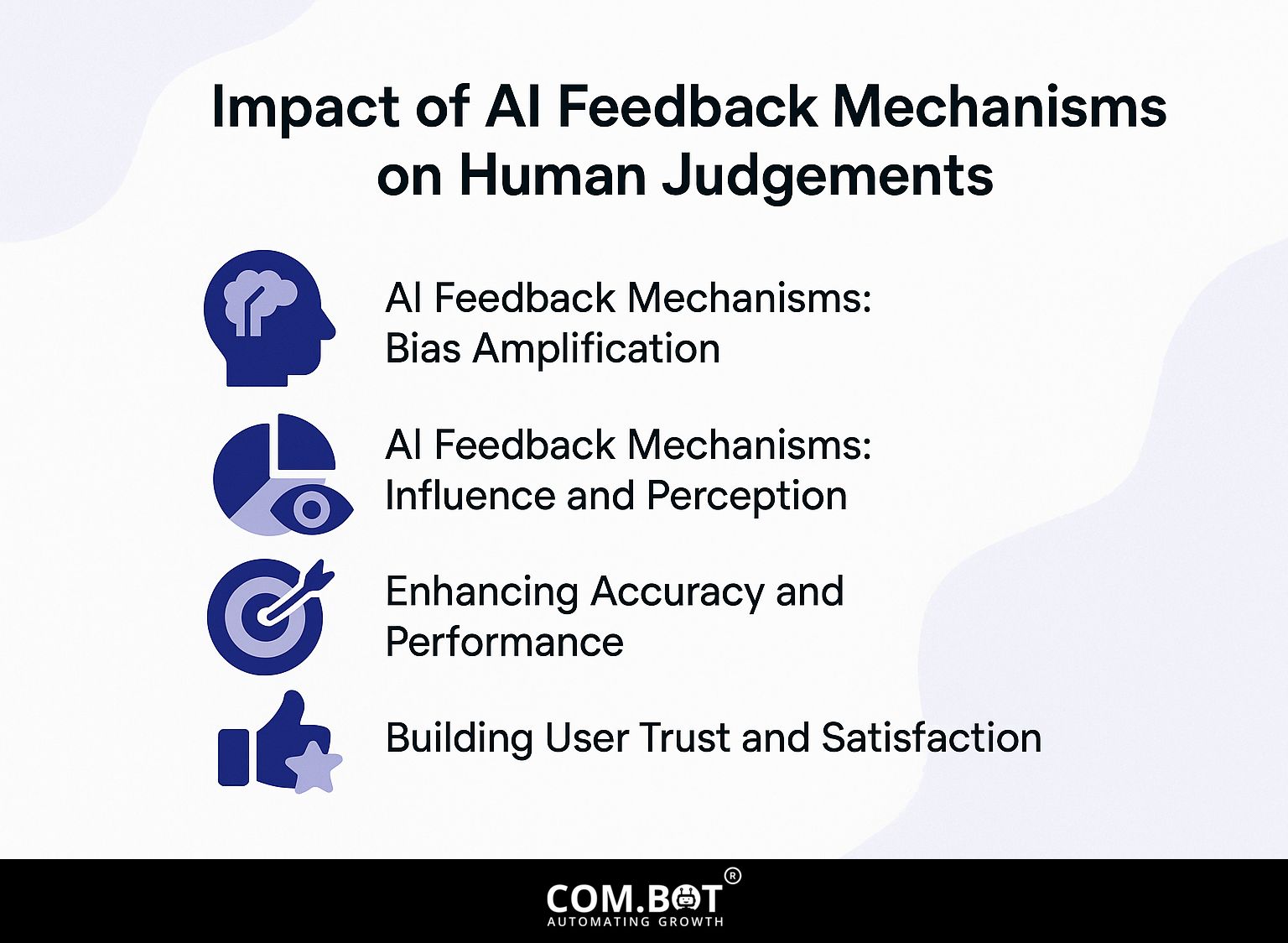
AI Feedback Mechanisms: Bias Amplification
AI Feedback Mechanisms: Influence and Perception
The dataset titled Impact of AI Feedback Mechanisms on Human Judgements explains how artificial intelligence systems affect human decisions, highlighting how AI can increase biases and change viewpoints. This data shows the complicated factors and possible ethical issues when using AI in areas needing human decision-making.
AI Feedback Mechanisms show how biases grow and affect the way people interact. In the Bias Amplification category, the data shows that AI systems increased bias in an Emotion Aggregation Task to 65.33%, compared to a Human Baseline Bias of 53.08%. This suggests that AI systems can exacerbate existing biases, impacting impartiality in emotional assessments. Exposure to biased AI also resulted in a Bias Increase to 56.3%, indicating that humans interacting with biased AI may further internalize and perpetuate these biases.
- Influence and Perception: The data reveals that 32.72% of participants changed their responses when faced with a disagreeing AI, demonstrating AI’s persuasive power in altering human decisions, even when it contradicts human intuition or prior knowledge.
- Additionally, 68.9% of people were influenced by biased algorithms, showing AI’s significant effect on shaping human views and decisions.
These results highlight the need to create AI systems that reduce bias and maintain openness. As AI becomes a common tool for making decisions, it’s essential to know how it affects human choices to promote ethical practices. We need more detailed training data and changes to algorithms to reduce bias and maintain human independence in decision-making tasks. Implementing AI while considering its effects can lead to fair and balanced interactions between humans and machines.
Enhancing Accuracy and Performance
Feedback loops can reduce error rates in AI systems by up to 30% by refining algorithms based on real-time performance metrics.
Using feedback can greatly improve how well decisions are made, especially in fields like finance and healthcare.
For example, in finance, AI-powered trading platforms use real-time market data to improve trading strategies, which can lead to better returns on investment. In healthcare, machine learning models that study patient information improve their predictions by continually learning from real patient results, which helps cut down on mistakes in diagnosis.
Adopting tools like TensorFlow for predictive analytics can help organizations establish these feedback mechanisms effectively.
Building User Trust and Satisfaction
User trust in AI systems can increase significantly when feedback mechanisms are transparent, leading to higher satisfaction ratings by over 20% in pilot studies.
For example, implementing transparent feedback loops allows users to see how their input influences system updates.
Tools like UserVoice or Zendesk can facilitate this process by collecting feedback and showcasing how it drives changes in AI behavior.
Case studies demonstrate that companies employing these methods reported improved satisfaction scores, as users felt heard and valued.
Sharing feedback reports regularly can build trust, promoting teamwork and cooperation between users and developers.
Types of Feedback Mechanisms
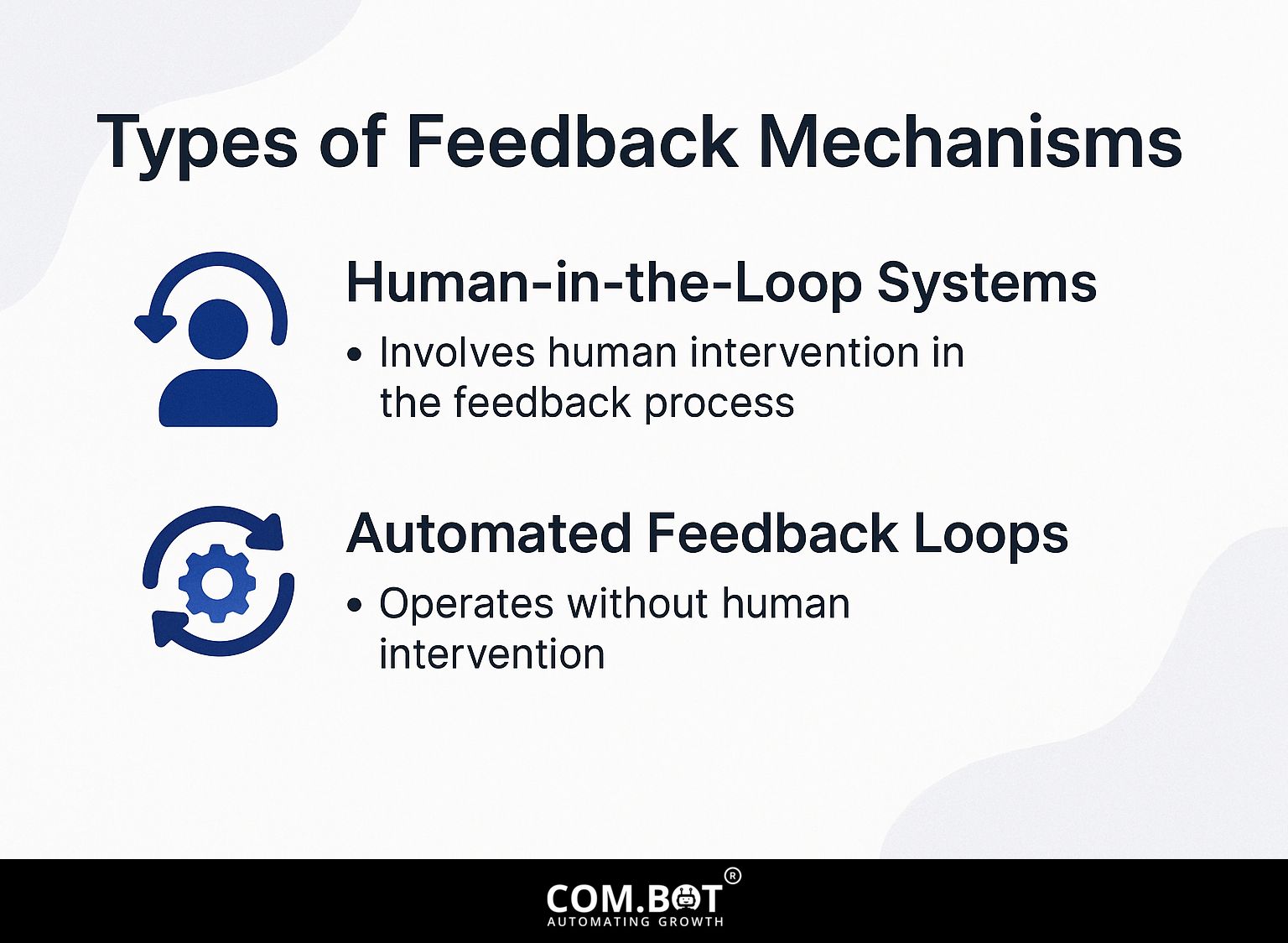
AI systems can use different feedback methods, each with its own benefits and difficulties for ongoing improvement. Related insight: Feedback for AI Systems: Importance and Improvement Techniques provides a detailed exploration of how these methods can be optimized.
Human-in-the-Loop Systems
In Human-in-the-Loop systems, human feedback is essential for decision-making and enhancing AI model performance through shared contributions.
For example, in self-driving cars, the software greatly improves when humans make quick decisions, particularly in difficult situations such as driving through crowded intersections.
In customer support systems, AI chatbots gather user feedback to improve their replies. When a chatbot doesn’t give helpful answers, customer service staff look at these conversations, allowing the system to learn and improve.
Tools like AWS Lex and Google Dialogflow facilitate this integration, allowing businesses to maintain high service levels while continually improving their AI capabilities.
Automated Feedback Loops
Automated feedback loops use machine learning to improve system performance continuously without human intervention.
These loops examine user actions and the outcomes to make algorithms work better. For instance, e-commerce platforms like Amazon employ predictive analytics to assess consumer behavior.
By keeping track of items frequently bought together and updating recommendations accordingly, they make the user’s shopping experience better and increase sales. Similarly, streaming services like Netflix use feedback loops to gauge viewer preferences, informing content creation and curation.
These AI technologies improve customization and help businesses grow while quickly adjusting to changing customer needs.
Techniques for Collecting Feedback
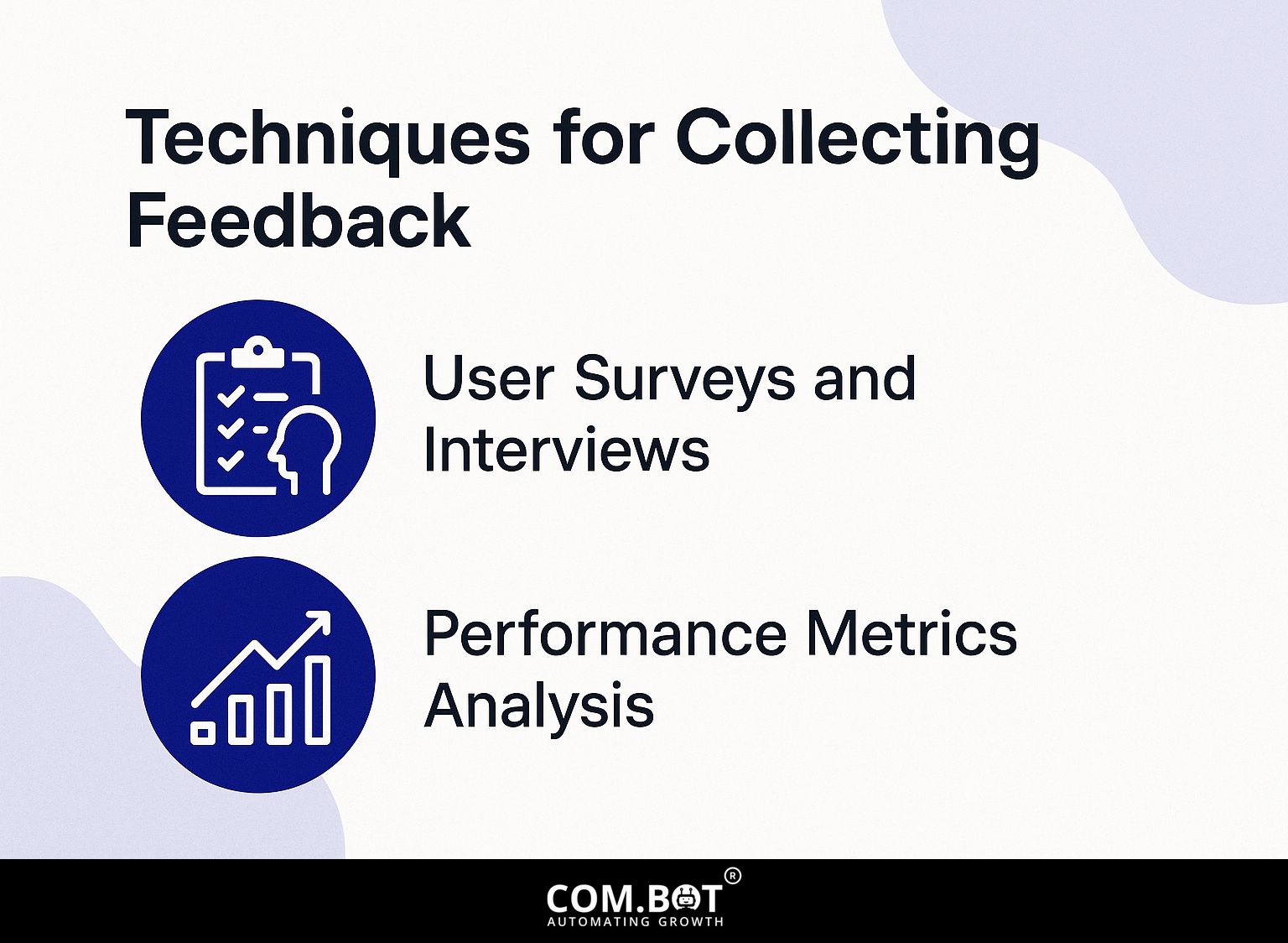
Getting helpful feedback is important for improving AI systems, using various approaches to find out what users want and how effectively the system performs. Learn more about the importance of feedback and improvement techniques for AI systems to understand how these methodologies can enhance user satisfaction and system efficiency.
User Surveys and Interviews
Frequent surveys from users can give helpful information. A survey that is well-structured and gives rewards might increase participation by 30%.
To design effective surveys, start by utilizing tools like Typeform or SurveyMonkey, which offer user-friendly interfaces and customization options.
Ask clear, concise questions and consider incorporating multiple-choice for easier analysis. To increase participation, share your survey on social media or through email campaigns, and provide rewards like gift cards or discounts for those who complete it.
Keeping the survey brief-ideally with fewer than 10 questions-helps keep users engaged and increases the chance they will take part.
Performance Metrics Analysis
Analyzing performance metrics is critical; using tools like Google Analytics can help detect anomalies and inform necessary adjustments to AI systems.
To effectively analyze performance metrics, focus on specific key indicators such as accuracy, user engagement, and processing time.
For example, accuracy can be measured by comparing AI predictions against actual outcomes, while user engagement can be tracked through metrics like session duration and bounce rates.
Tools like Tableau are great for making visual displays of this data, helping you quickly find trends and outliers. Regularly reviewing these metrics helps improve your AI systems, ensuring they remain effective and meet user needs.
Implementing Feedback for Improvement
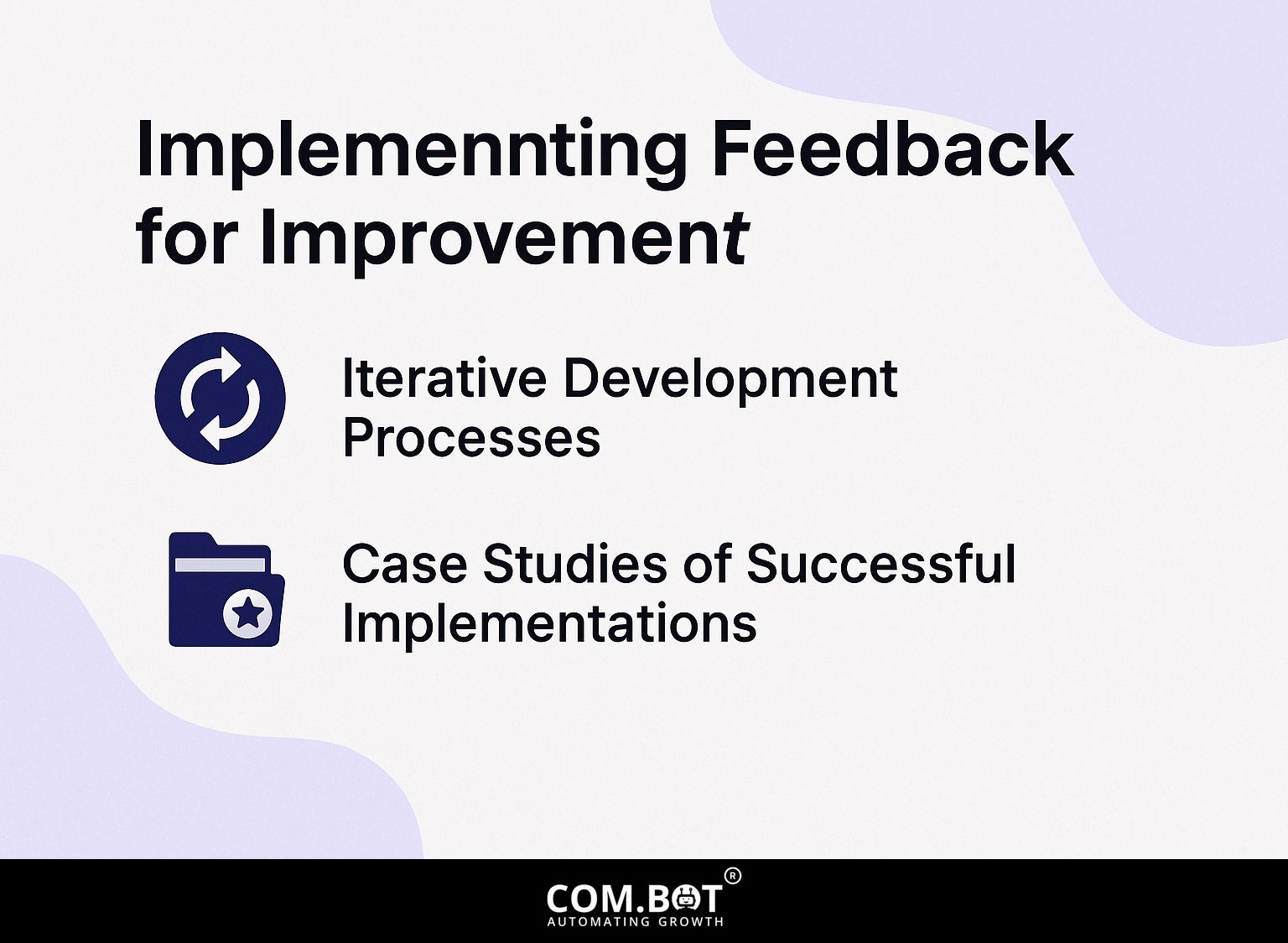
Adding feedback to AI systems is an ongoing process that improves growth and keeps them responsive to what users need.
Iterative Development Processes
Repeating development stages allows AI systems to update rapidly, making deployment times up to 50% quicker in flexible environments.
Key to this approach is regular feedback, which can be gathered using tools like Jira. Begin by creating your first AI model, then test it with users to gather their feedback.
After analyzing this feedback, make necessary adjustments to the model. Follow this process: create, test, and gather feedback-ensuring each time you do it, the features and user experience improve.
With teamwork tools in Jira, teams can track progress and manage tasks effectively, leading to faster deployment and better results.
Case Studies of Successful Implementations
Examples from companies like Amazon reveal that using user feedback in AI systems can greatly improve how they perform and make user experiences better.
For example, Amazon’s recommendation tool uses customer ratings and reviews to improve product suggestions. By analyzing this feedback, they reported a 35% increase in sales through improved targeting.
Netflix makes content choices based on what viewers say and their ratings, leading to a 75% rise in user activity after giving personalized recommendations.
Tools like TensorFlow and PyTorch can be used to create AI models, allowing organizations to use feedback effectively and change their systems instantly.
The main point is to focus on repeated testing and improvement based on how users engage.
Challenges in Feedback Integration
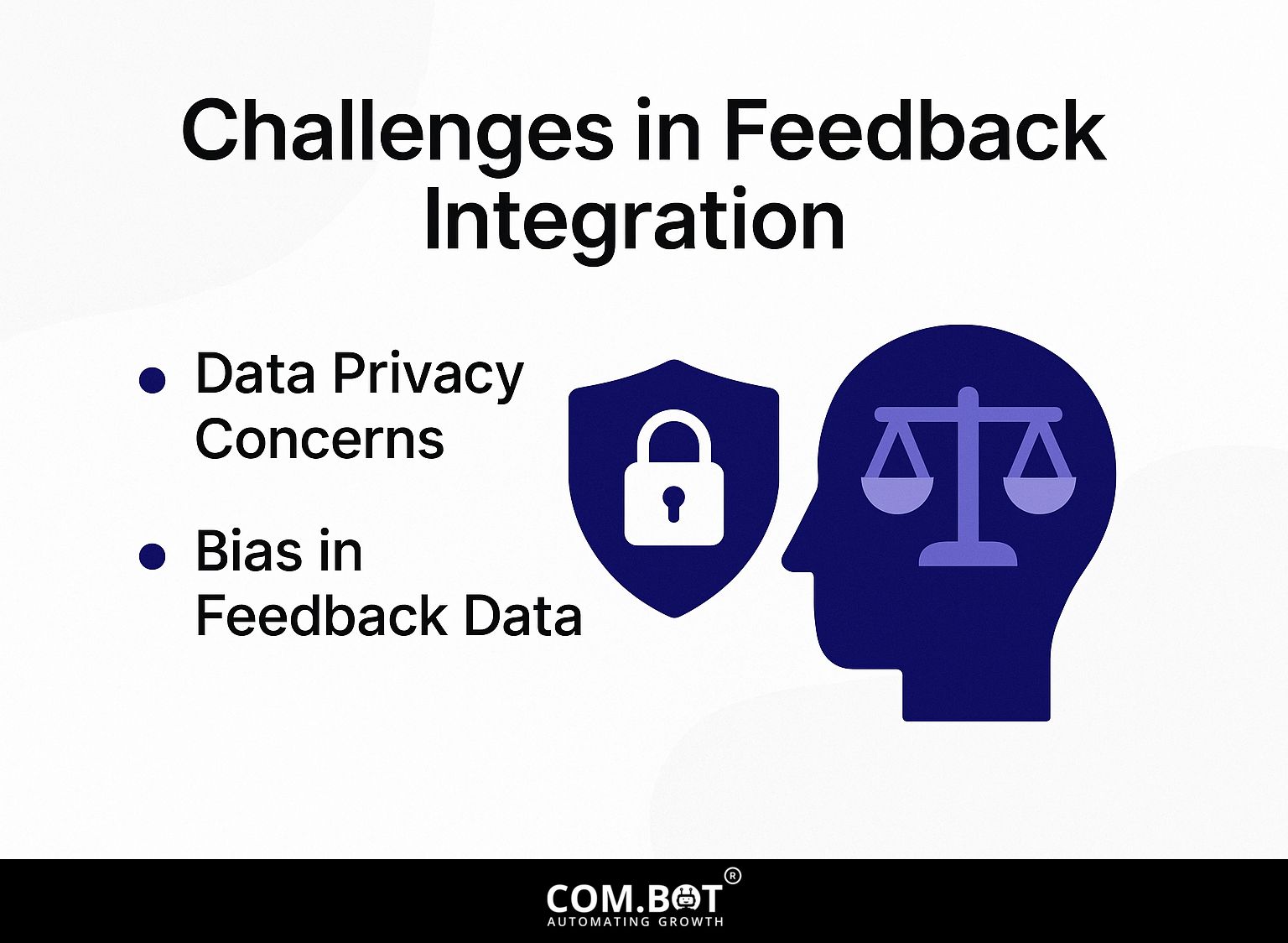
Including feedback in AI systems involves many challenges that require careful attention to maintain data quality and avoid mistakes. Understanding how feedback mechanisms are improved can be crucial for enhancing these systems’ effectiveness and reliability.
Data Privacy Concerns
Data privacy is paramount; studies show that 70% of users are concerned about how their data is handled, impacting their willingness to provide feedback.
To follow rules such as GDPR, begin by detailing how you gather data in a privacy policy.
Implement features that allow users to opt-in before collecting their information. Use tools such as OneTrust or TrustArc to handle consent in an organized way.
Regularly check how data is managed to make sure it follows legal rules. Prioritize transparency; inform users how their feedback will be used and assure them of data security measures.
This protects compliance and increases user trust, leading to more honest feedback.
Bias in Feedback Data
Bias in feedback data can skew AI performance metrics, potentially leading to decisions that exacerbate existing inequalities in systems.
To lessen bias, apply some tested methods. Start by gathering samples from different groups; include feedback from a range of people to cover a variety of viewpoints.
Next, implement regular audits of your feedback sources, assessing for any patterns of favoritism or underrepresentation that could distort outcomes. Tools like Google Analytics help track how users engage with various sections. Surveys or focus groups can collect more detailed information.
Establishing a feedback loop that actively encourages suggestions from a wide audience will also help capture a more balanced array of inputs.
Upcoming Trends in AI Feedback Systems
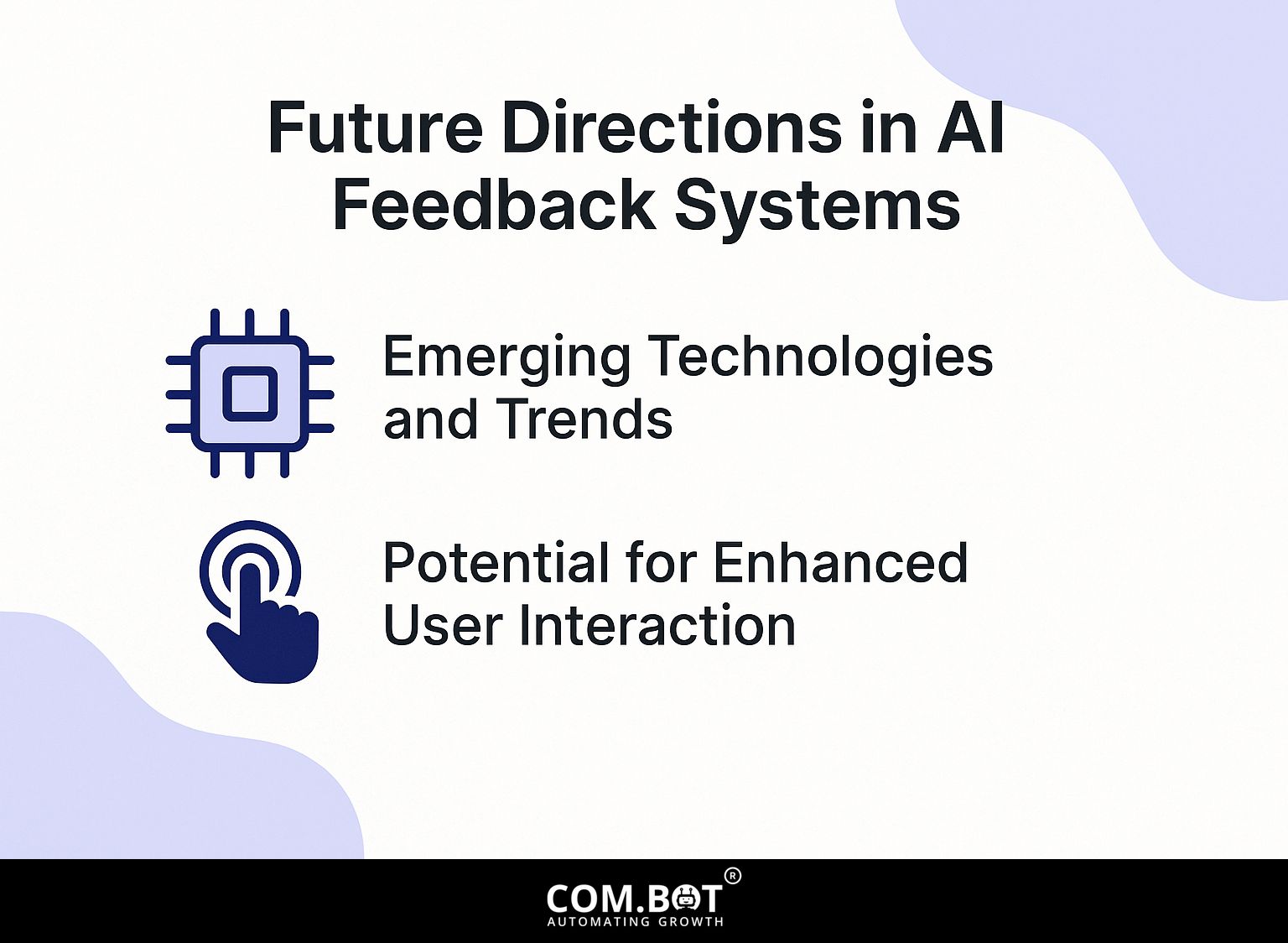
Upcoming AI feedback systems look promising, thanks to new technologies improving user interaction and system efficiency. Worth exploring: Feedback for AI Systems: Importance and Improvement Techniques to see how these advancements are applied in practical scenarios.
Emerging Technologies and Trends
New technologies like reinforcement learning are leading to AI systems that can adjust based on immediate feedback from users.
These developments allow active conversations by regularly updating answers according to what users do.
For instance, tools like Google AI’s AutoML allow developers to customize machine learning models without extensive coding knowledge, enhancing system learning from users’ input.
Services such as Microsoft Azure’s Machine Learning provide tools for real-time observation to refine algorithms with feedback, aiding processes to work better.
These technologies can significantly improve user experience by making systems respond better and fit individual needs, and by increasing their efficiency.
Potential for Enhanced User Interaction
Developments in AI are creating new chances to improve how users interact, with expected increases in involvement by more than 40% over the next five years.
To capitalize on these advancements, companies should integrate AI-driven feedback mechanisms.
Intercom offers live chat features that let users share their concerns quickly, encouraging direct interaction.
Platforms like Hotjar enable heat mapping and user session recordings to identify interaction pain points. By studying how users react and act, businesses can gradually improve their platforms.
Further, embracing predictive analytics can anticipate user needs, significantly enhancing their experience.
As AI continues to advance, creating content and interfaces that match personal preferences will likely be important for maintaining user interest.
Frequently Asked Questions
How important is feedback for AI systems?
Feedback is essential for AI systems because it helps them keep learning and getting better. It helps the system adjust and make better choices using new information.
What are the potential consequences of not providing feedback to AI systems?
Without feedback, AI systems can become stagnant and make incorrect or biased decisions. This can lead to negative impacts on users and potentially damage the system’s reputation.
What are some ways to collect feedback for AI systems?
Feedback can be collected through user surveys, user testing, online reviews, and monitoring the system’s performance. It can also be gathered from human experts in the field the AI system is operating in.
How can feedback be used to improve AI systems?
Feedback can be used to identify and fix any errors or biases in the system, as well as to train and fine-tune the system for better performance. It can also use new data to make the system’s decision-making processes better.
Are there any limitations to using feedback for AI systems?
One limitation is that the quality of feedback may vary, as it is subjective and can be influenced by personal opinions and biases. Adding feedback to the system might need a lot of resources and time.
How can AI systems be designed to facilitate the use of feedback?
AI systems can be designed with built-in mechanisms for collecting and processing feedback. This can include features such as user feedback buttons, automatic data analysis, and continuous learning algorithms.
